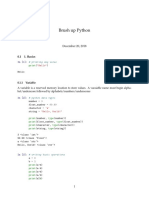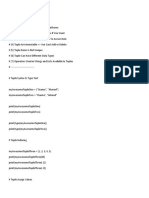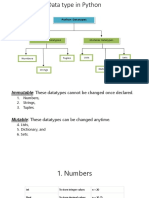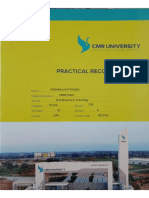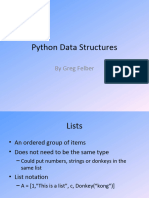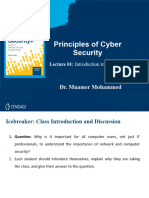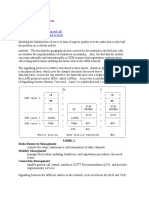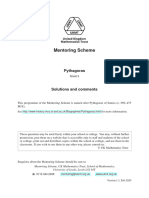0% found this document useful (0 votes)
9 views8 pagesPython Notes Unit 1
The document provides an introduction to Python, highlighting its features such as simplicity, interpretability, and extensive libraries. It covers key concepts including identifiers, keywords, indentation, comments, built-in data types, control structures, user-defined functions, and data structures like lists, tuples, dictionaries, and sets. Each section includes examples to illustrate the concepts discussed.
Uploaded by
nivethaelumalai13Copyright
© © All Rights Reserved
We take content rights seriously. If you suspect this is your content, claim it here.
Available Formats
Download as PDF, TXT or read online on Scribd
0% found this document useful (0 votes)
9 views8 pagesPython Notes Unit 1
The document provides an introduction to Python, highlighting its features such as simplicity, interpretability, and extensive libraries. It covers key concepts including identifiers, keywords, indentation, comments, built-in data types, control structures, user-defined functions, and data structures like lists, tuples, dictionaries, and sets. Each section includes examples to illustrate the concepts discussed.
Uploaded by
nivethaelumalai13Copyright
© © All Rights Reserved
We take content rights seriously. If you suspect this is your content, claim it here.
Available Formats
Download as PDF, TXT or read online on Scribd
/ 8









